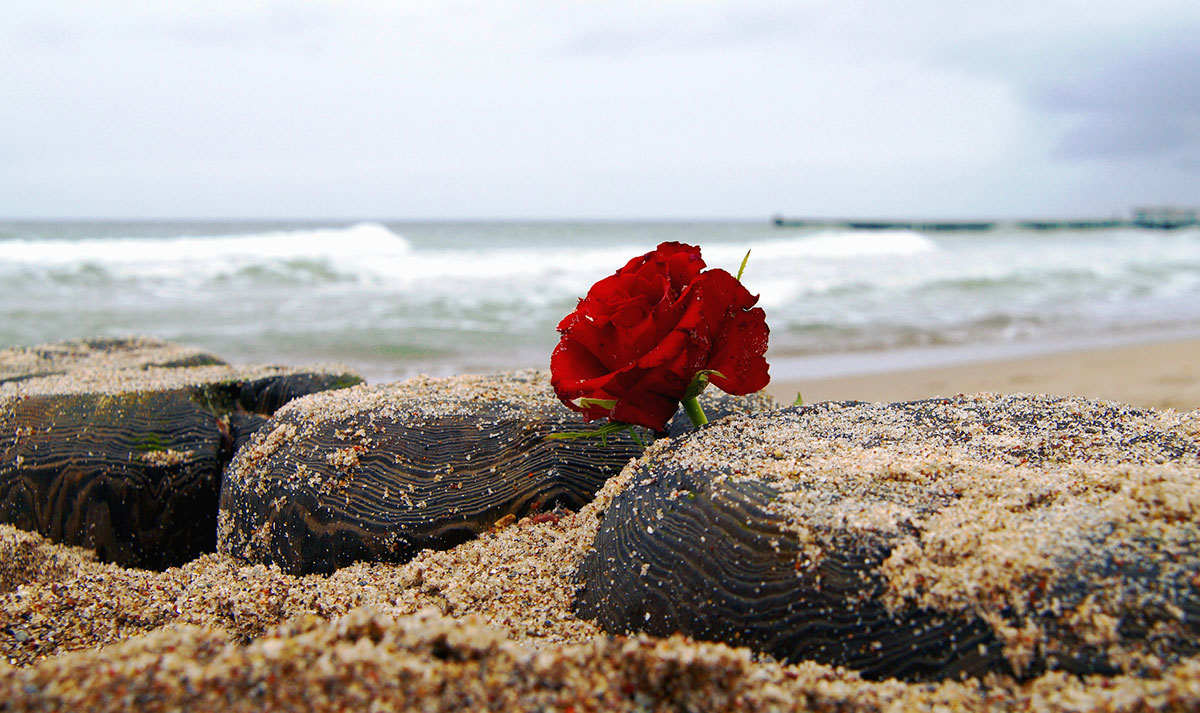Whether you’re planning a funeral for yourself, a loved one, or the recently departed, one of the biggest choices you have to make is: cremation or burial service?
Obviously, there are a lot of differences between cremations and burials. The one you pick will have a major impact on the planning process, the type of service you hold, and the amount you pay. More importantly, it may impact the way you memorialise the deceased and allow future generations to honour their memory as well.
For these reasons, it’s a good idea to learn the differences between the two. Not just to compare costs, but to also get you thinking about the kind of experience you want funeral attendees to have.
After all, a funeral is more than just a way for close friends and family to celebrate the life that was lived, but also a final chance to say goodbye in a way that is truly meaningful.
Here are the key essential differences between a cremation and burial service, which will help you make the right choice.
Funeral Costs
One of the biggest misconceptions is that a cremation service is by default cheaper than a traditional burial. In reality though, this comparison is often made between a traditional burial and a single service cremation, which isn’t really a fair comparison.

Why? Because a traditional burial often includes many extras – such as embalming, viewing of the body, live music, floral arrangements, and more – which are not mandatory and can be omitted by personal request.
Meanwhile, a single service cremation is simpler, where the body is cremated and the ashes are sent to the family, who then have the freedom to host a private memorial at a time and location of their choice. This gives the family more time to grieve and plan a personalised memorial. If desired, the family can also have a viewing prior to cremation.
This means, it is entirely possible to have a burial service that is close to or equal to a single service cremation, and vice-versa.
However, the real cost difference between a cremation and burial is the ongoing cost of burial site maintenance. You will be expected to pay for the ongoing cost of keeping the burial site in pristine shape and other associated fees. These may include landscaping, planting, headstone repairs and maintenance, and decorations.
Therefore, you should factor in these running costs if you choose a traditional burial
Flexibility
Generally speaking, a cremation service lets you have more flexibility than a traditional burial.

Most burial services follow a linear structure, with some room to omit or include readings, hymns, singing, eulogies, and other religious or culturally significant traditions. Of course, you can personalise the venue, type of coffin or casket, floral arrangements, music, and decorations. For the most part though, the order of events is quite formal.
Cremation services allow for more flexibility. As previously mentioned, you can choose to have a memorial after the cremation, or a viewing before the cremation and a post-cremation memorial.
With a memorial, you also have the freedom to choose a more unique setting outside of a standard church or chapel, such as an area of personal significance – be it a beach, park, banquet hall, or anywhere else.
Which one is best for you? That depends on how much personalisation you prefer. In some cases, less personalisation is better, as it gives the family more time to grieve and focus on other personal matters. At the end of the day, the choice is yours.
Memorising a Loved One
The way you memorise a loved one will differ based on whether you choose a burial or cremation service.
In a burial service, the body is placed into a coffin or casket and buried in a permanent resting place. Here, both current and future generations will be able to revisit the graveside, and honour the memory of the deceased. They may wish to simply visit the site and pay their respects, grieve, or leave behind flowers. Many families make this a yearly tradition as a sign of respect.
A cremation service gives you a few more options. Once the ashes are placed into the urn, you may choose to:
- Spread the ashes at a significant location, or
- Keep the ashes in the urn, and place the urn in a permanent location – i.e. somewhere at home.

Did you know you can also have cremains (cremated remains) buried in a cemetery? It’s true. Many cemeteries let you bury the cremains a plot, an urn garden, or even have them entombed in a columbarium.
Because urns are much smaller than a body, you may be able to have multiple urns buried at the one site over the course of several generations. This is a great way to reduce costs and have a permanent resting place for people to pay their respects.
These are just some of the many differences between a cremation and burial service. For more information, call our 24 hour number on 1300 906 060. Our friendly staff will be happy to answer your questions and help you make the right choice.


